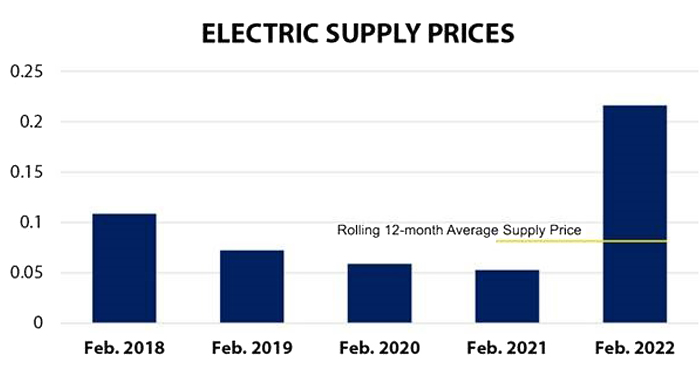Hi,
I have been exploring my options to add AC to my 2-story, 1600 sq ft 100-yr-old home. I have ducts but they are very old and would probably need to be redone, since I have no returns on the second floor. Seems like that will cost at least $10k alone, so I thought maybe a few mini splits could work.
Has anyone installed mini splits in a home similar to mine or have advice on sizing and airflow? My lower floor is very open, so I could put one large unit in the dining room. The upstairs has 4 smallish bedrooms, a small central landing/foyer and a small bathroom. I was thinking putting the smallest, highest turndown ratio unit possible into our main bedroom and then put a larger unit in the guest bedroom to do the rest of the rooms, as 95% of the time those doors are open.
Does this sound reasonable?
Anyone have input on the maintenance required with these mini splits? I'm a little concerned about wet, dirty messes created up on ladders in nicely finished rooms, but people do it somehow right?
I have been exploring my options to add AC to my 2-story, 1600 sq ft 100-yr-old home. I have ducts but they are very old and would probably need to be redone, since I have no returns on the second floor. Seems like that will cost at least $10k alone, so I thought maybe a few mini splits could work.
Has anyone installed mini splits in a home similar to mine or have advice on sizing and airflow? My lower floor is very open, so I could put one large unit in the dining room. The upstairs has 4 smallish bedrooms, a small central landing/foyer and a small bathroom. I was thinking putting the smallest, highest turndown ratio unit possible into our main bedroom and then put a larger unit in the guest bedroom to do the rest of the rooms, as 95% of the time those doors are open.
Does this sound reasonable?
Anyone have input on the maintenance required with these mini splits? I'm a little concerned about wet, dirty messes created up on ladders in nicely finished rooms, but people do it somehow right?



![[Hearth.com] mini split usage in 2-story home with small bedrooms on second floor [Hearth.com] mini split usage in 2-story home with small bedrooms on second floor](https://www.hearth.com/talk/data/attachments/292/292190-41cf3049826a18f3ff032fd98bff60ac.jpg?hash=pC5Mz01hi-)
![[Hearth.com] mini split usage in 2-story home with small bedrooms on second floor [Hearth.com] mini split usage in 2-story home with small bedrooms on second floor](https://www.hearth.com/talk/data/attachments/292/292191-e20bb4b35792d8c30df84b9dc84dcc59.jpg?hash=p-0SuXIRZg)

